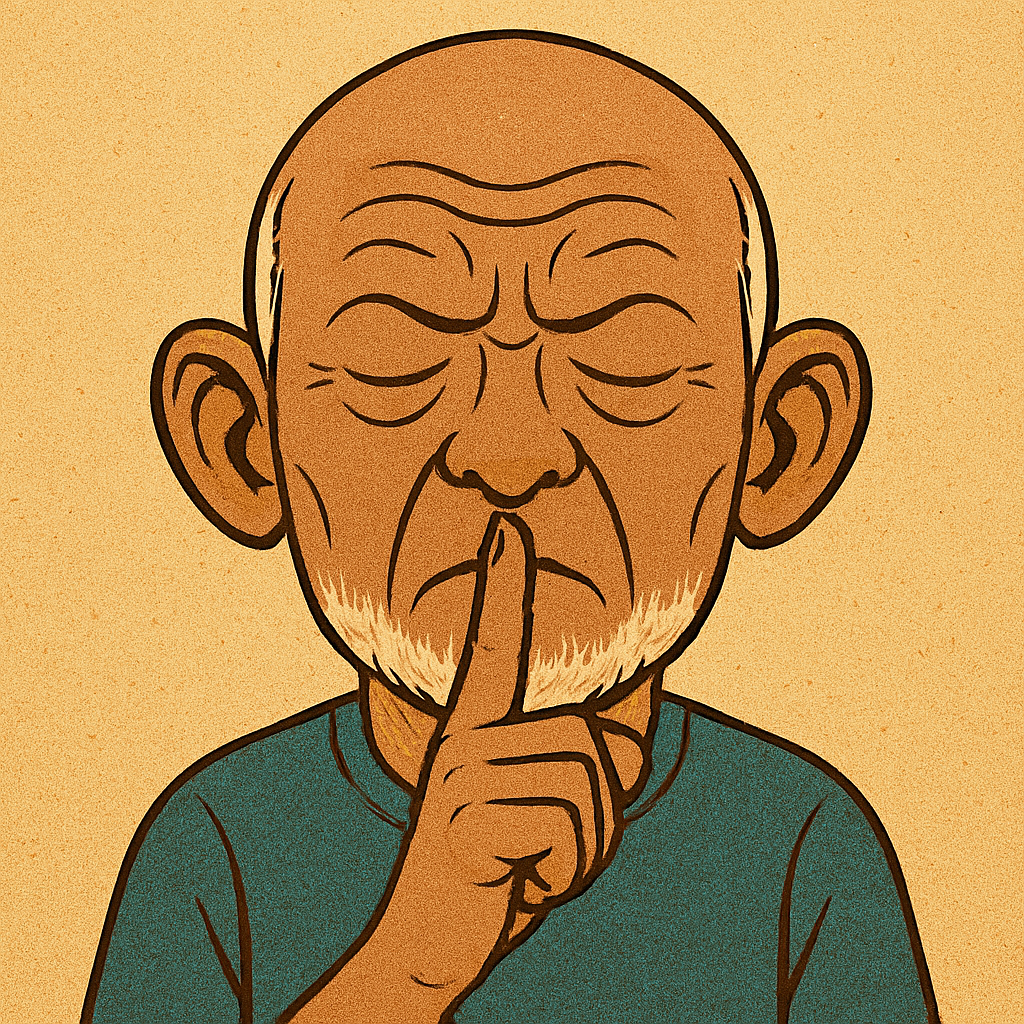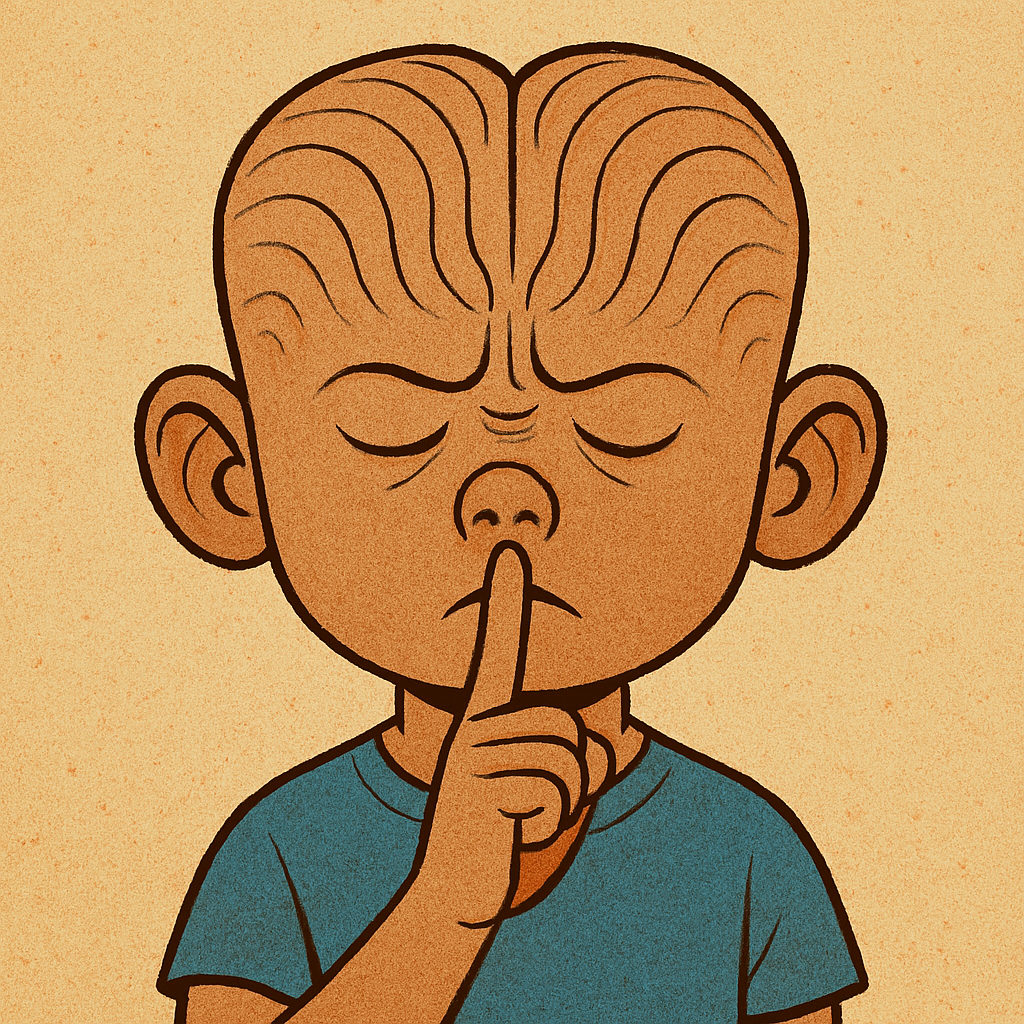Prudery And Strange Emotional Architecture of Symbolic Restraint
From Social Scripts to Internalized Boundaries – Why Emotional Inhibition Persists Across Cultures In A Prudery Way
Prude – Beyond Repression
Pruderis often misunderstood as discomfort with intimacy, but its psychological roots run far deeper. It reflects a complex interplay of emotional regulation, cultural conditioning, symbolic purity, and identity formation. Rather than labeling prudery as rigidity or repression, it can be understood as a sophisticated emotional architecture designed to manage vulnerability, anxiety, and social belonging. Across cultures, prudery emerges through early childhood conditioning, reinforced by religious frameworks, gender roles, and trauma responses. It is not a static trait but a dynamic psychological stance shaped by internal and external pressures. The goal is not to critique or romanticize prudery but to understand its emotional logic and psychological depth. By unpacking its origins and manifestations, we open space for more inclusive conversations around emotional safety, symbolic restraint, and identity coherence.

Conditioning and the Birth of Emotional Scripts
Children internalize behavioral norms through repeated exposure to parental modeling and cultural messaging – including implicit rules about modesty, privacy, and emotional restraint. Prudery often begins in early childhood when caregivers emphasize secrecy or discomfort around expressions of vulnerability or emotional openness. These early messages form the foundation of emotional scripts – mental templates that guide future behavior and affective responses. Developmental psychologists have shown that punitive or avoidant reactions to emotional expression can lead to heightened anxiety around intimacy and self-disclosure. The internalization of these scripts involves active emotional regulation and meaning-making, not passive absorption. Prudery can emerge as a protective adaptation to environments that equate emotional exposure with danger, moral failure, or social rejection. These experiences shape neural pathways associated with threat detection, self-monitoring, and emotional avoidance. Over time, prudery becomes a habitual stance toward the self and others – reinforced by social rewards for restraint and control. Emotional safety becomes tied to concealment and symbolic distance. These early foundations often remain unexamined until adulthood, when conflicting desires and social expectations begin to surface.

Shame as Emotional Infrastructure
Shame is a central emotion in the psychology of prudery – functioning as both a deterrent and a boundary marker. Unlike guilt, which focuses on actions, shame targets the self – creating a sense of internal defectiveness or moral inadequacy. Individuals who experience chronic shame around emotional vulnerability often develop avoidant behaviors to protect their self-image and psychological stability. These behaviors include distancing, rigid moral frameworks, and hypervigilance around emotional content or interpersonal closeness. Neuroscientific studies show that shame activates brain regions associated with social pain and self-evaluation – reinforcing the desire to withdraw or conceal. Prudery can thus be understood as an emotional architecture built to avoid shame triggers and maintain symbolic purity. This avoidance is not irrational – it reflects a learned association between exposure and emotional harm. Over time, prudery becomes a self-reinforcing loop – where avoidance leads to ignorance, which increases anxiety, which deepens avoidance. Shame also influences memory and attention – causing individuals to selectively recall negative experiences related to emotional openness. This cognitive bias further entrenches prudish attitudes and symbolic boundaries.
Control and the Management of Vulnerability
Prudery often functions as a strategy for emotional regulation – allowing individuals to manage anxiety, uncertainty, and symbolic exposure. Control is not merely behavioral – it is psychological, involving the suppression of curiosity, openness, and affective intensity. Research in affect regulation shows that individuals who struggle with emotional overwhelm often adopt rigid boundaries to maintain stability and coherence. Prudery can be one such boundary – offering predictability and safety in emotionally charged situations. This control extends to language, gesture, and interpersonal dynamics – shaping how individuals present themselves and interpret others. The need for control is often heightened in environments where vulnerability is linked to danger, shame, or moral failure. Prudery becomes a symbolic shield against emotional chaos – allowing individuals to maintain a coherent self-image in the face of conflicting desires and social pressures. This regulation is not always conscious – it can be automatic, habitual, and deeply ingrained. Control also provides a sense of agency – allowing individuals to define their own boundaries and resist external influence. In this way, prudery can be empowering as well as restrictive.

Purity as Symbolic Identity
Prudery is often tied to symbolic notions of purity – which serve as markers of moral identity and social belonging. Purity is not just about cleanliness – it is a metaphor for emotional and spiritual integrity. Individuals who value purity may see restraint as a reflection of inner virtue and symbolic coherence. This framework is reinforced by religious teachings, cultural narratives, and social rituals – creating a moral ecosystem that rewards prudish behavior. Prudery becomes a way to signal alignment with these values – generating emotional comfort and existential meaning. The psychology of symbolic purity involves cognitive schemas that link vulnerability with contamination, danger, or loss of self. These schemas shape emotional responses and behavioral choices – reinforcing attitudes of restraint and symbolic boundaries. Purity also functions as a boundary between self and other – defining who is safe, trustworthy, or respectable. This boundary is often gendered – with women disproportionately burdened by purity expectations and moral surveillance. Prudery thus intersects with broader systems of control, identity, and social stratification.
Gender Scripts and Emotional Dissonance
Gender plays a significant role in the development and expression of prudery – shaping expectations around modesty, emotional expression, and symbolic restraint. Women are often socialized to equate emotional control with virtue – while men may be encouraged to pursue stoicism or detachment. These gendered scripts create asymmetrical pressures and emotional conflicts – influencing how individuals internalize and perform prudery. Prudery in women is often rewarded with social approval – while emotional openness may be punished or pathologized. For men, prudery can be seen as weakness or failure to perform masculinity – creating emotional dissonance and identity conflict. These dynamics reflect broader cultural narratives about gender, power, and emotional legitimacy – transmitted through media, education, and peer interactions. Psychological research shows that individuals internalize these narratives through observational learning and social feedback. Prudery becomes a gendered performance – shaped by symbolic expectations and emotional regulation. It also intersects with identity development – influencing how individuals see themselves and relate to others. Gendered prudery can create emotional suppression, anxiety, and compensatory behaviors.

Faith, Fear, and Moral Conditioning
Religious teachings often play a central role in shaping prudish attitudes – providing moral frameworks that define acceptable behavior and emotional expression. These frameworks are not merely doctrinal – they are psychological, influencing how individuals regulate vulnerability, shame, and identity. Religious conditioning often begins in childhood – through rituals, stories, and moral instruction that emphasize purity, obedience, and symbolic restraint. Prudery becomes a way to align with divine expectations and avoid spiritual consequences – creating emotional coherence and existential meaning. This alignment provides comfort and community – reinforcing behaviors of restraint and symbolic boundaries. Religious prudery is often tied to concepts of sin, contamination, and moral failure – which shape emotional responses to openness and intimacy. Psychological studies show that individuals raised in strict religious environments often experience higher levels of emotional anxiety, guilt, and suppression. These emotions reflect deeply internalized moral schemas – not irrational fears. Prudery thus becomes a spiritual discipline as well as a psychological adaptation. Understanding the religious roots of prudery is essential for unpacking its symbolic and emotional complexity.

Conclusion – Emotional Intelligence in Symbolic Restraint
Prudery is not a flaw, a failure, or a moral relic – it is a psychologically rich response to emotional, cultural, and relational dynamics. It reflects strategies for managing vulnerability, maintaining coherence, and navigating symbolic boundaries. Whether shaped by trauma, culture, neurobiology, or identity, prudery offers insight into how individuals regulate emotion and construct meaning. It is a form of emotional intelligence, even when it limits intimacy or expression. By understanding its origins and functions, we move beyond judgment and into empathy. Prudery invites us to consider the emotional architecture behind restraint, the symbolic logic behind silence, and the psychological depth behind modesty. It is not the opposite of liberation – it is a different path toward emotional safety. Recognizing its complexity allows for more inclusive, respectful, and emotionally attuned conversations about identity and selfhood. Prudery is not static – it evolves with context, experience, and symbolic learning. Its emotional logic deserves exploration, not dismissal.
Join the Discussion – What Does Prudery Mean to You
How do you see prudery shaping your emotional boundaries, cultural identity, or relational dynamics? Have you experienced it as protection, suppression, or something else entirely? Let’s explore the symbolic and emotional layers together – without judgment, without binaries, and with full respect for the psychological depth behind restraint.
EmotionalArchitecture #SymbolicBoundaries #PruderyPsychology #ShameAndSafety #AttachmentAndIntimacy #CulturalScripts #NeurobiologyOfRestraint #LanguageAndModesty #IdentityThroughControl #TraumaAndPrudery #PurityAndPower #GenderedRestraint #SurveillanceAndSelf #Symbol








I?¦m no longer positive the place you are getting your info, but great topic. I needs to spend some time finding out much more or figuring out more. Thank you for fantastic information I used to be in search of this information for my mission.